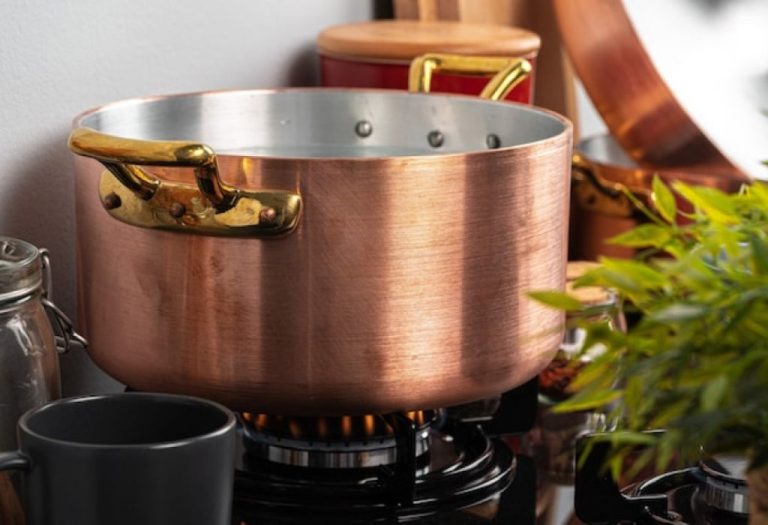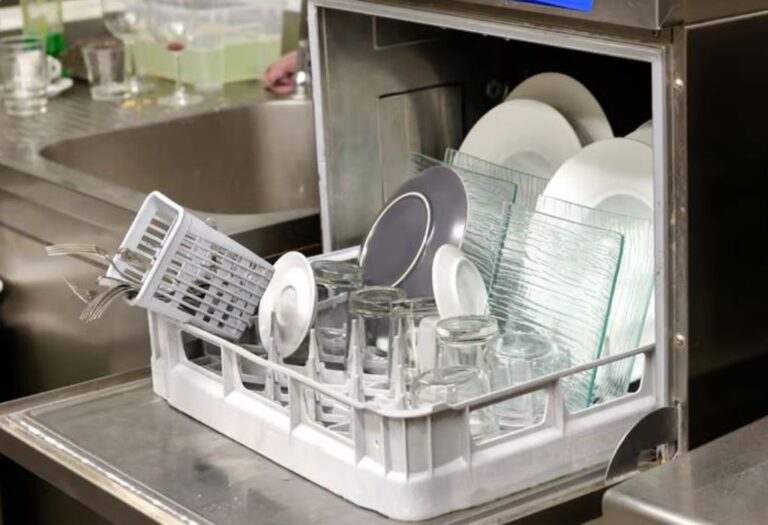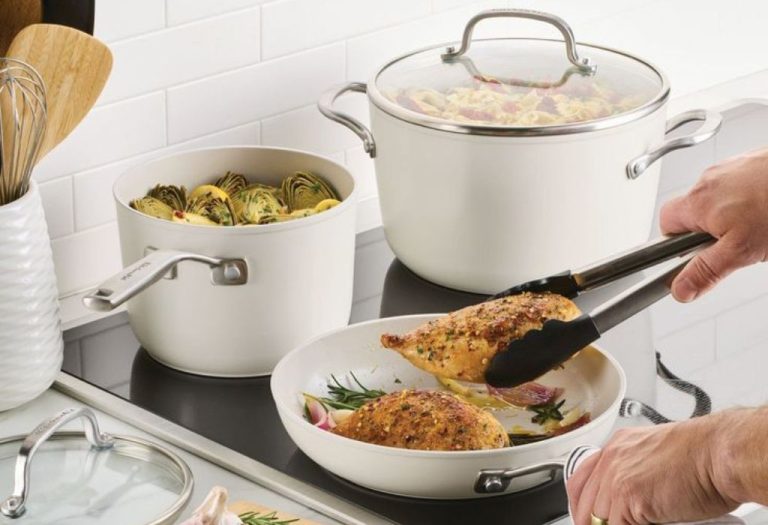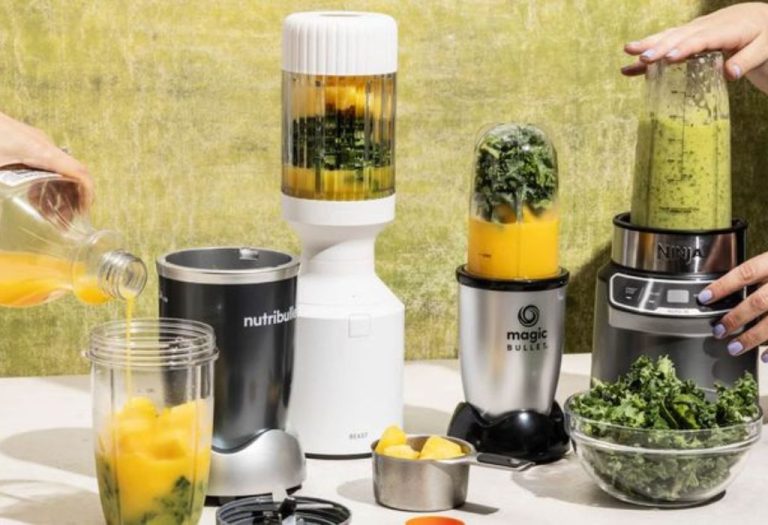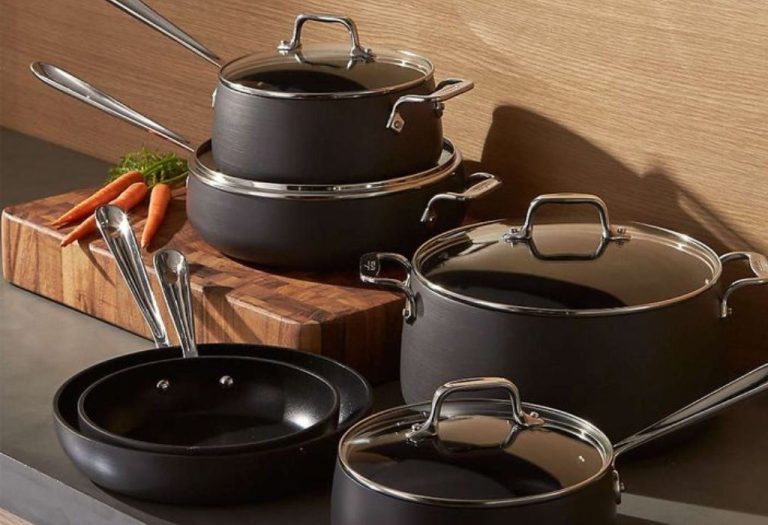Many home cooks are drawn to the stunning look of blue enamel cookware but wonder if beauty comes at the cost of safety. Concerns about toxins, heavy metals, and chipped coatings often raise questions for families seeking healthier kitchens.
This worry is not unfounded. A recent FDA report highlighted that older or low-quality enamel cookware may contain trace amounts of lead or cadmium in their coatings. These metals, if present, can leach into food when exposed to high heat or acidic ingredients.
At the same time, global demand for enamel cookware continues to rise, with the market projected to grow at over 6% annually according to Statista. This suggests consumers trust enamel cookware for its durability, non-reactive surface, and stylish designs.
The real question is whether modern blue enamel cookware meets today’s safety standards. Are all products created equal, or do some pose hidden risks that only experts discuss?
What Is Blue Enamel Cookware?
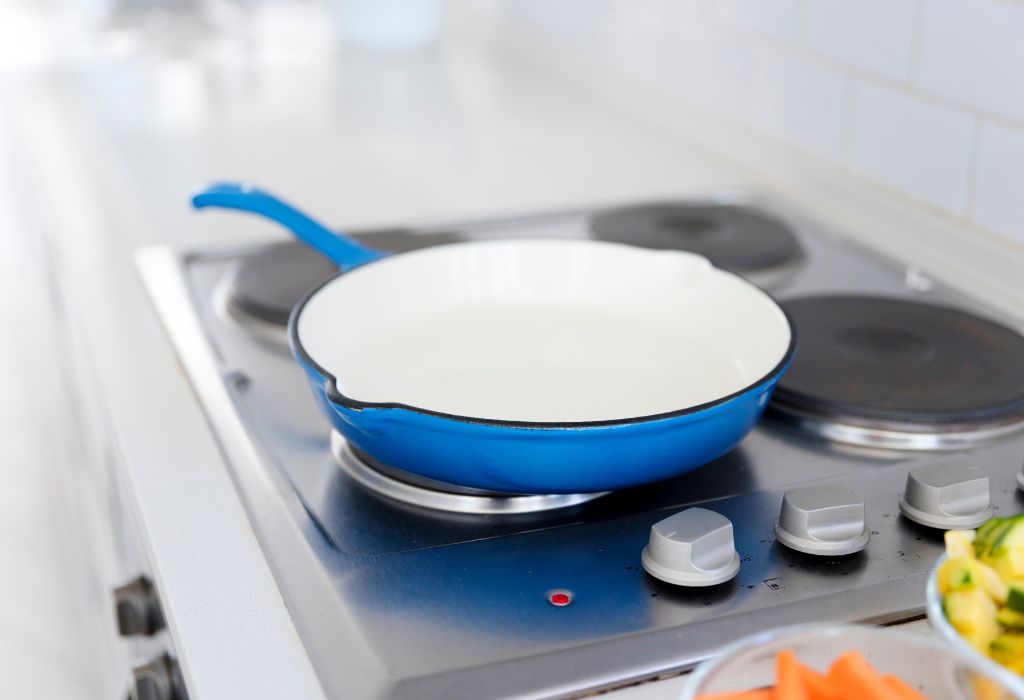
Blue enamel cookware refers to pots, pans, and Dutch ovens coated with a layer of melted glass fused onto metal surfaces. The coating creates a non-reactive, smooth barrier that prevents direct contact between food and the metal base.
Most high-quality pieces use cast iron or stainless steel as the core material beneath the enamel coating. Cast iron retains heat exceptionally well, while stainless steel offers durability and lighter weight options.
The “blue” color comes from food-safe pigments added during the glass coating process. It is purely aesthetic and does not affect the cookware’s safety or performance when manufactured under modern safety standards.
This type of cookware is popular for slow cooking, roasting, and braising because it distributes heat evenly. Its stylish appearance also makes it a favorite for serving dishes directly from oven to table.
What is enamel coating made of?
It is made of powdered glass melted onto metal at extremely high temperatures.
Is enamel the same as ceramic?
No. Ceramic uses clay materials, while enamel uses glass fused to metal.
Why is it blue?
Food-safe color pigments are added for visual appeal only.
Is enamel cookware expensive?
Prices vary widely. Premium brands like Le Creuset cost more due to strict safety testing and durability.
Is enamel cookware non-toxic?
Yes, modern enamel cookware is typically lead-free and PFOA-free when sourced from reputable manufacturers.
Is Blue Enamel Cookware Safe for Cooking?
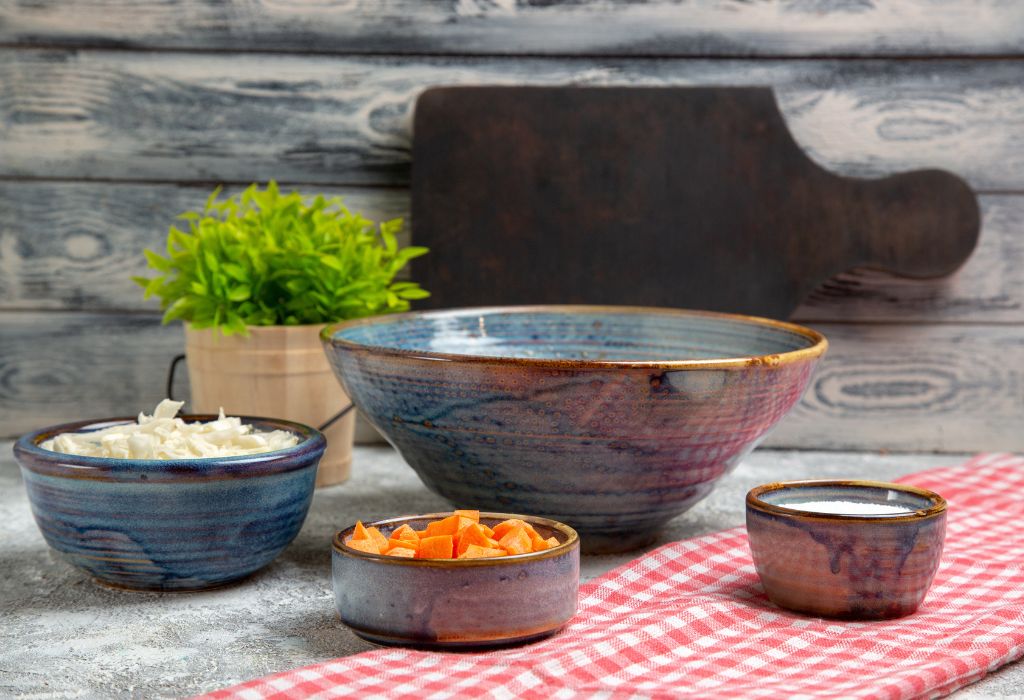
Modern blue enamel cookware is generally considered safe when manufactured under strict safety regulations. Reputable brands test their products for lead, cadmium, and other harmful substances before selling them to consumers.
Enamel cookware is typically labeled as PFOA-free and non-toxic, meaning it does not release harmful chemicals into food when used correctly. Safety certifications from agencies like the FDA or the European Union ensure these products meet health standards.
However, safety largely depends on the quality of manufacturing. Low-cost or unregulated products may still pose risks if they use substandard pigments or coatings. Choosing brands that publish safety test results helps protect your family from potential toxins.
Cooking practices also matter. Enamel can withstand high heat, but extreme temperature changes, such as moving a pot from freezer to stove, may cause cracks that expose the metal beneath.
Does blue enamel cookware leach toxins?
Not when the coating remains intact and comes from a trusted brand.
Is it safe for high-heat cooking?
Yes, most enamel cookware is safe up to 500°F, but avoid sudden temperature shocks.
Can enamel crack or chip?
Yes, and damaged areas may rust or reduce food safety.
Is enamel cookware oven-safe?
Most modern products are safe for oven use within the manufacturer’s temperature limits.
Is dishwasher cleaning safe?
Some brands allow it, but handwashing helps preserve the enamel finish longer.
Health Concerns Linked to Enamel Cookware
While modern blue enamel cookware is designed to be safe, older or poorly manufactured pieces may still pose health concerns. Vintage enamel pots made before strict regulations sometimes contained lead or cadmium in their coatings.
When enamel chips or cracks, the exposed metal underneath can rust or leach unwanted elements into food over time. This risk grows if the cookware faces repeated thermal shocks or heavy use without proper care.
Cheaply made enamel cookware might not undergo the same rigorous testing as premium brands. That means color pigments or glazing materials could contain unsafe substances, especially if imported without certification.
Consumers are advised to check product labels for terms like lead-free enamel and FDA-approved cookware before purchase. Choosing brands with safety certifications ensures better protection against these risks.
Is chipped enamel cookware toxic?
Yes, if the metal core is exposed, it can rust and release contaminants into food.
Do all colors use safe pigments?
Not always; premium brands use food-safe pigments, but cheaper products may not.
Can enamel release chemicals over time?
Only if the coating wears down or becomes damaged.
Are cheaper brands riskier?
Yes, low-cost enamel cookware often lacks third-party safety certifications.
Is vintage enamel cookware safe?
No, many older pieces predate modern safety regulations and may contain lead.
Benefits of Using Blue Enamel Cookware
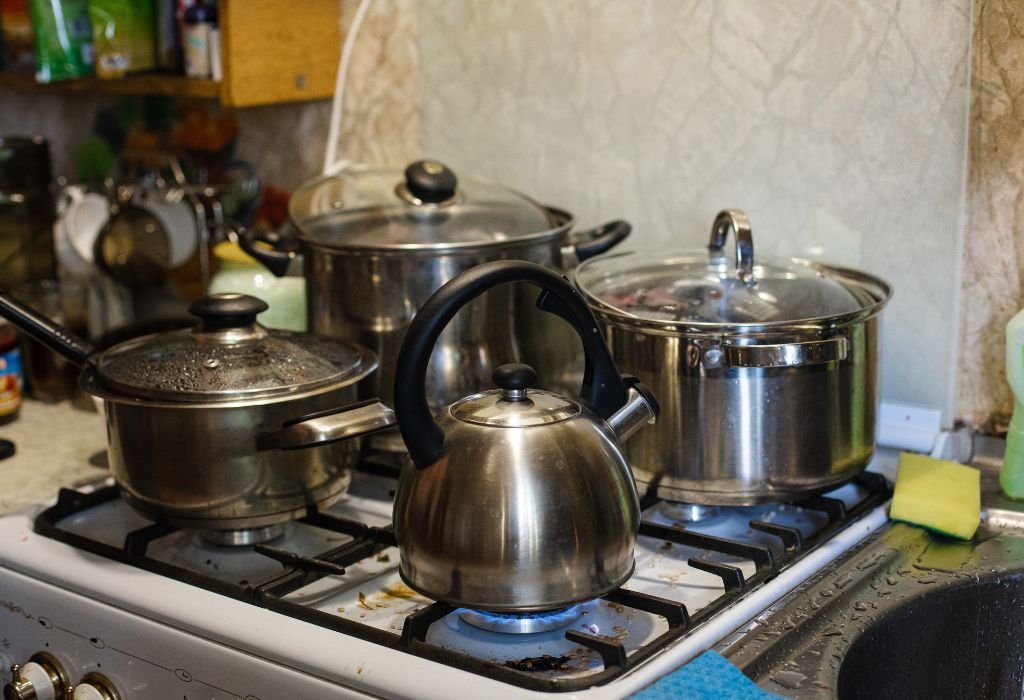
Blue enamel cookware offers several benefits beyond its aesthetic appeal. Its non-reactive surface prevents chemical reactions with acidic foods like tomatoes or citrus, ensuring flavors stay pure and unaltered.
The coating also makes cleaning easier compared to raw cast iron or uncoated metals. Most high-quality enamel cookware is stain-resistant and does not require seasoning, saving time and effort in the kitchen.
Durability is another key advantage. With proper care, enamel cookware can last decades, resisting rust, corrosion, and most everyday wear.
Finally, its versatility allows use on gas, electric, induction stoves, and in ovens. Many home cooks appreciate that it can transition from stovetop to table as a stylish serving dish.
Does enamel affect taste?
No, enamel is non-reactive and preserves the food’s natural flavors.
Is enamel cookware dishwasher-safe?
Some brands allow it, but handwashing helps prolong the coating’s lifespan.
Is enamel eco-friendly?
Yes, its long lifespan reduces waste compared to non-stick pans with shorter lifespans.
Why is enamel ideal for acidic foods?
It prevents metal leaching that can occur with uncoated cookware.
Does enamel cookware require seasoning?
No, unlike cast iron, enamel does not need oil seasoning to stay rust-free.
How to Use and Maintain Enamel Cookware Safely
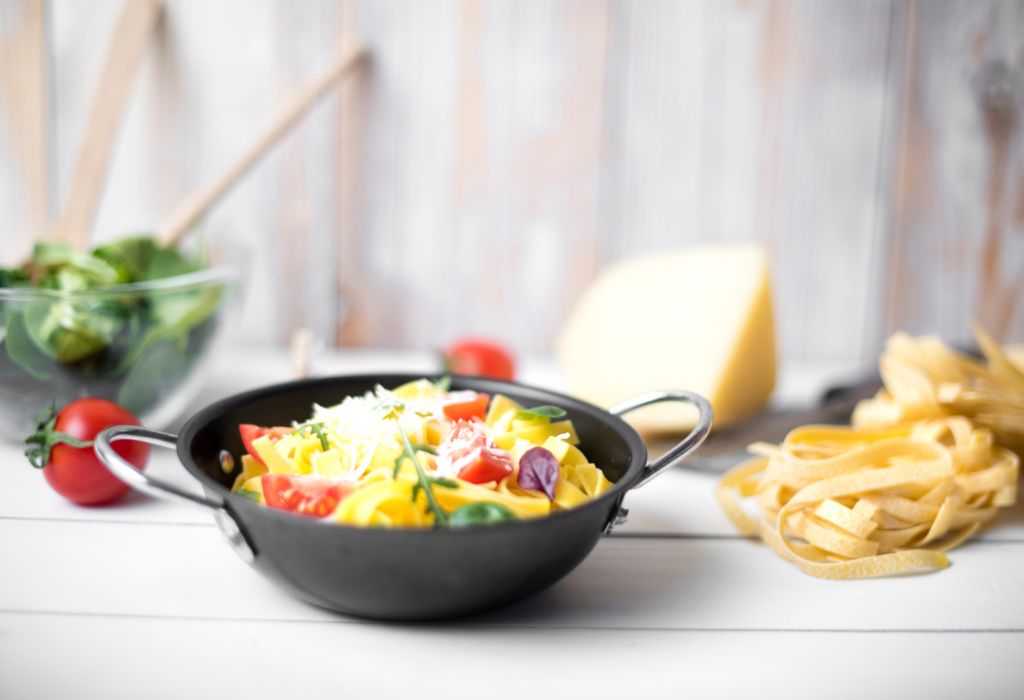
Proper use and care are essential to extend the life of blue enamel cookware and maintain its safety. Avoid using metal utensils, as they can scratch or chip the coating, exposing the metal beneath.
Temperature control is equally important. Never expose enamel cookware to sudden, extreme changes, such as placing a hot pot under cold water, because this can cause the enamel to crack.
For cleaning, mild dish soap and soft sponges work best. Harsh abrasives, steel wool, or strong chemical cleaners can wear down the coating over time.
Storing enamel cookware correctly also prevents damage. Stack pots carefully with soft cloth or paper towels between them to protect the finish from scratches.
Can I use steel wool for cleaning?
No, it can scratch the surface and shorten the cookware’s lifespan.
What to do if enamel chips?
Stop cooking acidic foods in it and consider replacing the item for safety.
Can enamel cookware go from fridge to stove?
No, the sudden temperature shift may crack the coating.
How long does enamel cookware last?
High-quality pieces can last decades with proper care.
Are there special cleaning products for enamel?
Yes, some brands sell enamel-safe cleaners to remove tough stains safely.
Alternatives to Blue Enamel Cookware
While blue enamel cookware offers style and durability, several alternatives provide similar benefits with different features. Stainless steel cookware remains a top choice for professional chefs because it is non-reactive, durable, and safe for all cooking methods.
Cast iron is another excellent option, especially for those who prefer cookware that naturally adds iron to food. It requires seasoning but can last a lifetime with proper care.
Ceramic cookware offers a lightweight, non-toxic alternative for low- to medium-heat cooking. It’s ideal for health-conscious families looking for PFOA- and PTFE-free options.
Non-stick cookware, while convenient, may release harmful chemicals at very high temperatures. That makes it less suitable for heavy searing or high-heat cooking compared to enamel or stainless steel.
Is stainless steel safer than enamel?
Both are safe options, but stainless steel is virtually indestructible.
Is cast iron better for health?
Yes, it adds trace amounts of iron to food, which can be beneficial.
What about non-stick Teflon pans?
They may release harmful fumes if overheated beyond 500°F.
Is ceramic cookware safer?
It is non-toxic but often less durable than enamel or stainless steel.
Which option lasts the longest?
Cast iron and stainless steel usually outlast enamel and ceramic cookware.
Final Verdict – Is Blue Enamel Cookware Safe?
Modern blue enamel cookware is safe when it comes from reputable manufacturers with strict quality controls. Products labeled as lead-free enamel, non-toxic cookware, and FDA-approved meet current safety standards for home and professional kitchens.
The main risks come from vintage cookware or pieces with chipped enamel, which can expose metal cores and lead to rust or contamination. Checking for safety certifications and replacing damaged cookware reduces these concerns significantly.
Blue enamel cookware offers durability, easy cleaning, and non-reactive cooking surfaces. It works well for acidic foods, oven baking, and stylish table presentations without affecting taste or safety.
For long-term safety, avoid extreme thermal shocks, use gentle cleaning methods, and follow manufacturer guidelines. With proper care, quality enamel cookware can last decades without compromising food safety.
Conclusion
Blue enamel cookware is a safe and versatile choice for most kitchens when purchased from trusted brands and handled with care. It provides a balance of style, performance, and health protection that many alternatives struggle to match.
The key lies in selecting certified lead-free and PFOA-free products, inspecting cookware regularly, and replacing any chipped or damaged pieces promptly. By following these simple steps, families can enjoy safe and delicious meals for years to come.
I’m Emma J. Caldwell, the founder, lead writer, and home-cooking enthusiast behind KitchenGuideCo.com. With a background in culinary arts and over a decade of cooking experience in both professional and personal kitchens, I created this platform to demystify recipes, offer smart kitchen gadget reviews, and guide readers through meal prep with confidence and clarity.

